San Gimignano, a charming town situated on a hill at an elevation of 334 meters, offers visitors a truly unique experience with its ancient buildings and palm trees juxtaposed against lush green areas. Each step taken in this town showcases the finest examples of Romanesque and Gothic architecture, seamlessly blending with churches and secular structures that are enveloped by the medieval wall that has stood the test of time
The Rhaetian Railway's "Albola" and "Bernina" lines were jointly recognized as a UNESCO World Heritage Site for both Italy and Switzerland in 2008. This prestigious designation is attributed to the breathtaking vistas one encounters while journeying along these routes. The Landewasser Bridge, prominently featured in photographs, serves as an iconic symbol of the Bernina Railway. Its awe-inspiring presence evokes feelings that are hard to ignore - witnessing nature harmoniously coexist with human engineering marvels
The Amalfi Coast is a renowned tourist destination in Italy, celebrated for its stunning and vibrant appearance. Visitors are captivated by the beauty of this area, which showcases historical landmarks like the Saracen Tower, Church of San Salvatore di Bircato, and Cathedral of Villa Rupolo. This tranquil haven offers picturesque landscapes that have remained unspoiled by human interference.

Selecting a more awe-inspiring site for this construction than atop a 540-meter hill would have been nearly impossible. The Castel del Monte, set on this hill, is showcased in all its grandeur. The building's symmetrical and precise design, both externally and in its inner courtyard, earned it the distinction of being named a "World Heritage Site" over ten years ago. While the identity of the brilliant architect behind this structure remains unknown, one can surmise that it represents a harmonious fusion of design principles from Northern Europe, ancient classical styles, and influences from the Muslim world - an uncommon combination indeed.

Located in the southeast of Sicily, between Perla and Sortino, there lies an extraordinary city that diverges from the norm - a city of tombs. The necropolis of Pantlica stretches across a vast mountainous region, serving as the final resting place for approximately 5,000 individuals from around the 13th century BC to the 7th century BC. These tombs were meticulously carved into solid rock formations and serve as unique testaments to the cultural growth that transpired in this area over many centuries. It is due to this historical significance that Pantlica was designated as a world heritage site in 2005.
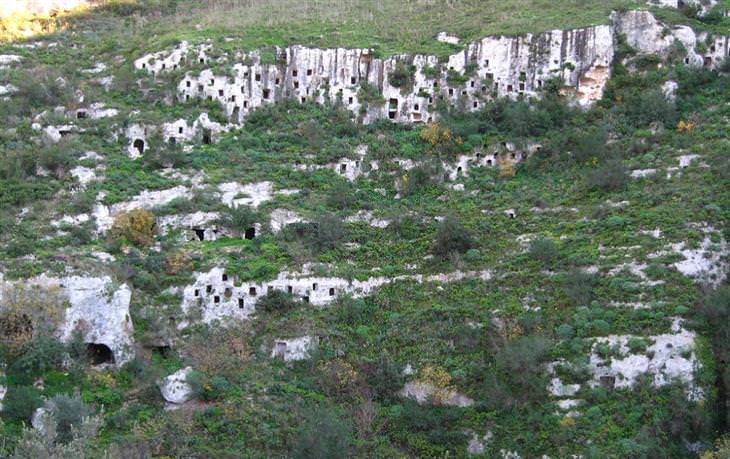
Moving on to another captivating destination- Sassi di Matera. This city developed within two valleys; Sasso Quazzo situated to its south and Sasso Brisano located towards its north. Even today, visitors can marvel at the ancient architecture that characterizes this remarkable place. While most of these dwellings carved out of stone are no longer habitable residences, they have become popular tourist attractions with numerous areas perfect for leisurely pursuits. An intriguing tidbit worth mentioning is that due to its perceived resemblance to ancient Jerusalem, several films such as "King David" and "The Passion of Jesus" were filmed here.
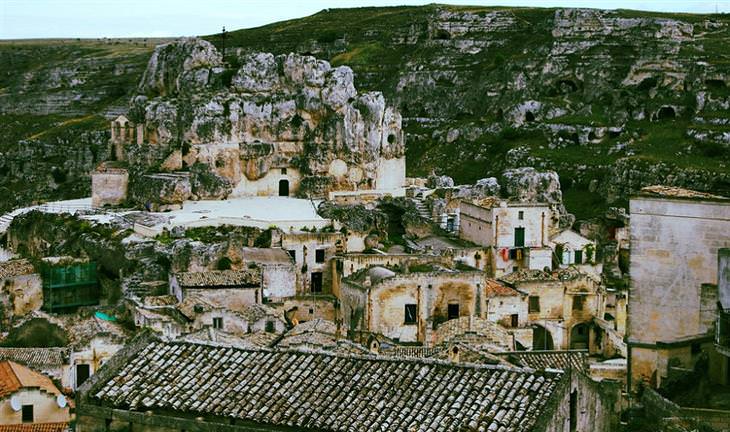
The Basilica of San Vitale, constructed during the 16th century, stands as a testament to the enduring marvels of Byzantine architectural style. This distinctive architectural trend defined the Roman Empire from the 4th century until the close of the Middle Ages. While undoubtedly impressive in its own right, it is the vibrant and intricate mosaics within that have earned it recognition as a World Heritage Site.
Italy boasts not only breathtaking scenery and enchanting places but also an extensive cultural heritage that spans many centuries. One such city is Ferrara, which played a pivotal role as a renowned center for music during the Renaissance period. Esteemed Italian musicians like Cipriano da Rora and Carlo Gesualdo were entrusted with entertaining members of the d'Este family, leaving behind a remarkable musical legacy that resonates even today.
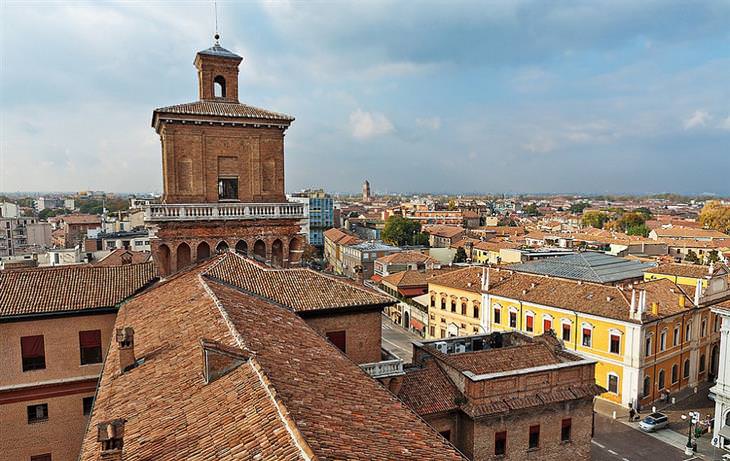
he purpose of constructing artificial lakes around Mantua in the 12th century was to safeguard the city's residents from potential threats. These water bodies continue to contribute to the city's distinct and awe-inspiring charm, making it impossible to overlook. While tourists commonly associate Mantua with attractions like the Church of Saint Andrea and the Duke's Palace, it is highly recommended to allocate time wisely in order to fully appreciate both the historical landmarks and the stunning views of streets and lakes that encircle the ancient dwellings from all directions.
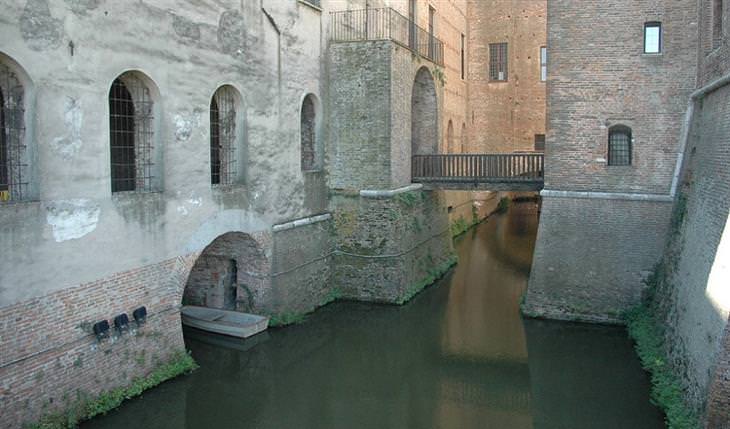
You may have likely encountered this captivating image multiple times, showcasing Manarola, one of the five villages that make up the Cinque Terre group in Liguria province, Italy. Whether you take a quick glance or delve deeper into it, you're bound to believe that these villages possess an otherworldly charm akin to those found in dreams or beloved children's fairy tales. This enchanting and unique sight will continue to captivate people all over the world for many years to come as it has been designated a national park where no changes or constructions are permitted.
Italian cuisine boasts more than just pizza and gelato; it also takes immense pride in its exceptionally refined and delightful wines. The Piedmont region is widely regarded as one of the best areas for grape cultivation both historically and today. Its lush green landscapes stretch endlessly, housing vineyards renowned for their quality produce and wineries full of surprises - truly a treat for anyone who explores this picturesque region, both visually and through its wine offerings...
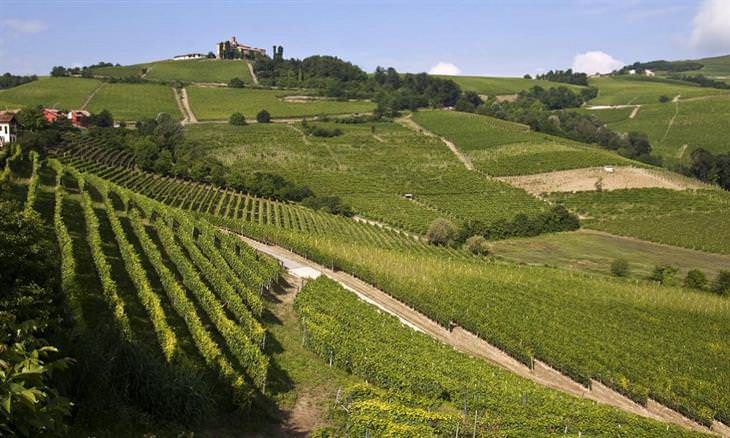
The Palace of Caserta is a grand and impressive structure that would make anyone feel privileged to step inside. Situated in southern Italy, it not only embodies the opulence and magnificence we expect from royal residences, but also offers a unique approach with its picturesque pathway adorned with pools, fountains, and abundant greenery. The baroque architectural style is evident from every angle, blending harmoniously with the natural scenery that surrounds the palace in a breathtaking symphony of beauty. This remarkable combination has earned the Palace of Caserta the prestigious designation as a UNESCO World Heritage Site.
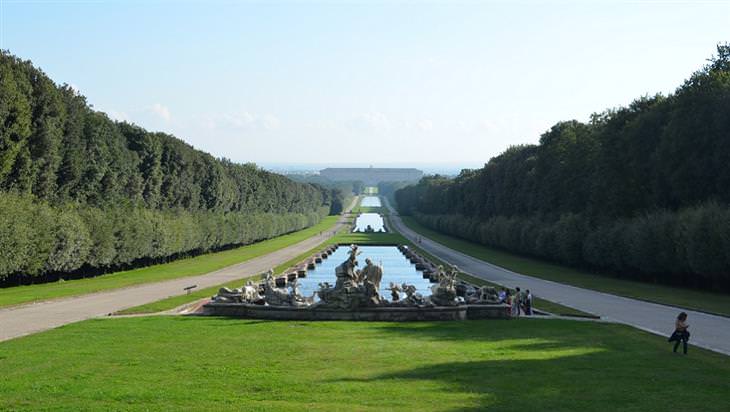
When visiting Italy, it is essential to include the famous tower in Pisa on your itinerary. However, it is equally important to give recognition to the magnificent city square known as "Piazza dei Miracoli." This square is home to one of the most iconic buildings in the world, which you may have attempted to straighten out while capturing a photo next to it. The name of this place holds significant meaning; it is called "Square of Miracles," a fitting choice considering the presence of prominent religious structures like the Duomo, Baptistery, and Campo Santo within its borders.

The Cathedral of Santa Maria del Fiore, also known as Saint Mary of the Flowers, holds great significance in the realm of Italian Renaissance architecture. Its remarkable dome, boasting a diameter of 43 meters, contributes to its extraordinary and unforgettable appearance. In the late 13th century, when the original Cathedral of Santa Reperta began to deteriorate gradually, this new church was constructed on the exact same site. Notably, it can accommodate more than 30,000 individuals and proudly stands among the largest cathedrals globally.
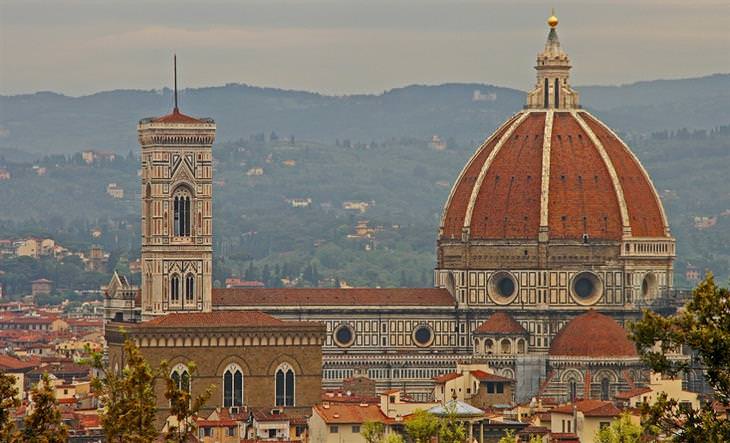
It is quite astonishing to uncover the fact that this remarkable and extraordinary location was once utilized as a Benedictine monastery, considering the captivating landscape that envelops it from all directions. This landscape stands in stark contrast to the simplicity and modesty that define the lives of monks belonging to this religious order. When it was decided to convert this place into a royal residence, extensive efforts were made and top-notch architects from Italy were enlisted to transform the structure into an awe-inspiring masterpiece. With its magnificent fountains, meticulous landscaping, and architectural elements reflecting the Renaissance era, there are certainly numerous reasons why one should pay a visit.
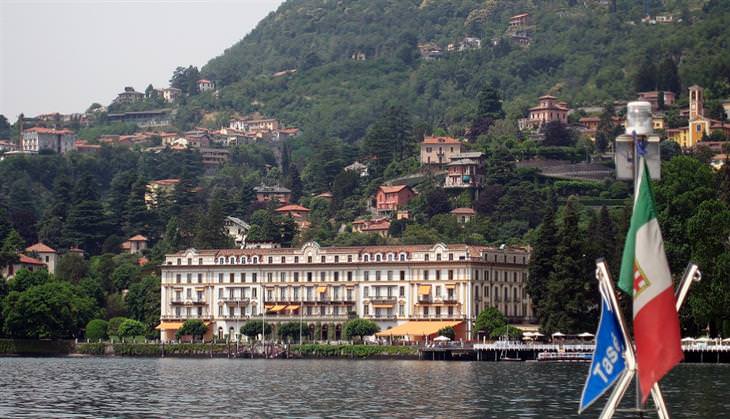
Upon first glance at this town, one might anticipate little gnomes emerging from these peculiar houses and making their way towards work within minutes. However, in reality these are completely ordinary buildings constructed entirely out of limestone without any use of cement. The town's unique appearance has attracted countless tourists over the years and has also earned it the distinction of being one of Italy's 51 world heritage sites found within its borders.
The Santa Maria delle Grazie is a church that holds great significance for tourists worldwide due to its famous fresco, The Last Supper, created by Leonardo da Vinci. A fascinating fact about this location is that despite being bombed during World War II in 1943, the painting remained unharmed. This was possible because sandbags were strategically placed next to it to protect it during those challenging times.
Concluding your journey through Italy's remarkable UNESCO World Heritage sites, you are greeted with the breathtaking sight of Assisi. Although not immediately apparent in photographs, many of the city's buildings and squares are constructed from pink limestone, giving it a distinct and aesthetically pleasing appearance. Perched on the slope of a mountain, Assisi offers an enchanting view from above where you can fully appreciate its splendor and magnificence all at once—a truly unforgettable experience that will leave you yearning for more.
Photo sources:
Fougerouse Arnaud Niikita1 Mark Weston Jim Forest Michael Janke (from Minne Dick Knight Michal Chromy Alessandro Grussu gnanodayam Antonio Cinotti Daniel Schwen Alexander van Loon mavenphotos Langhe Paolo Macorig Andrew Malone Riccardo Francesconi Lawrence OP
